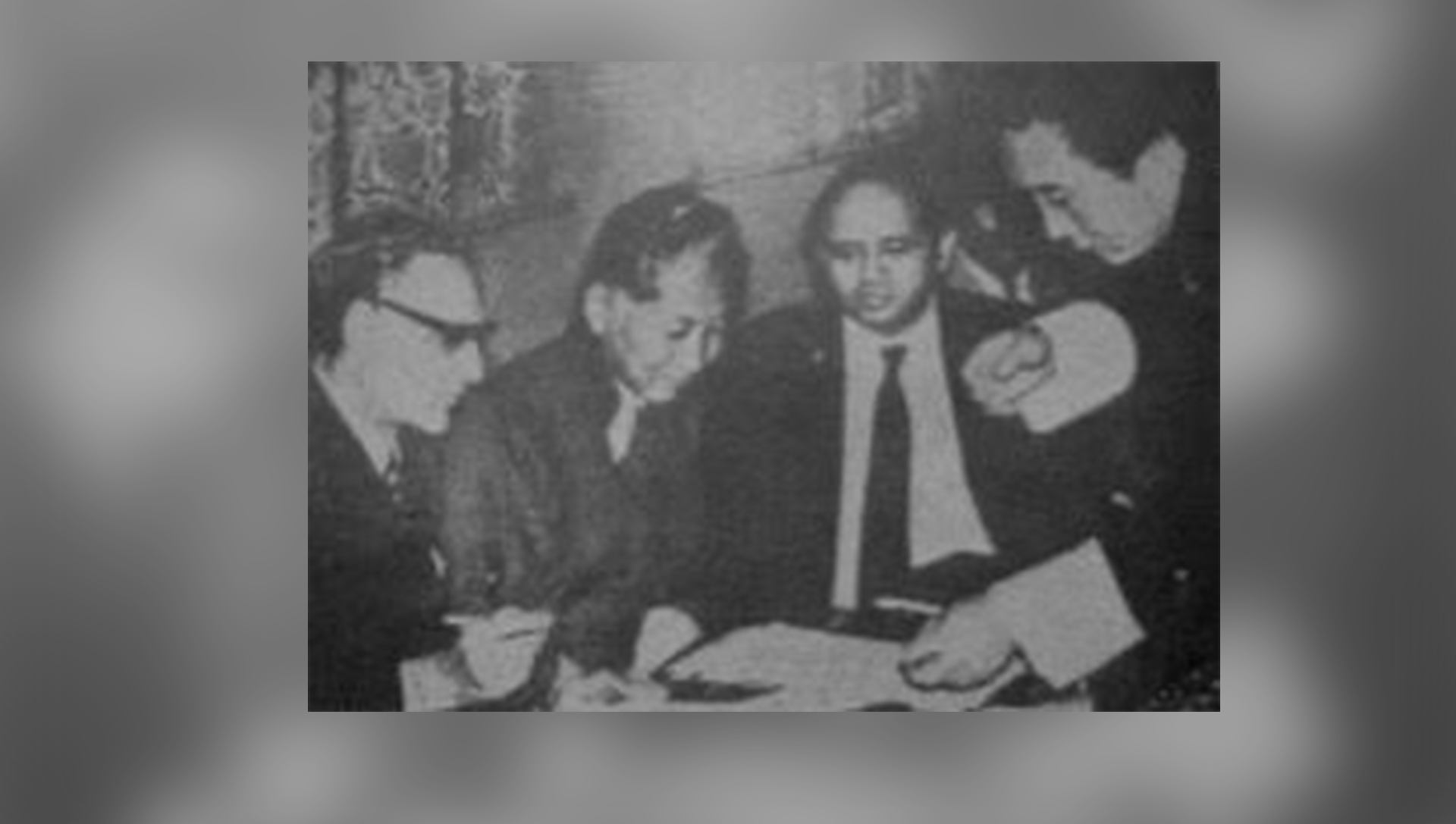


GANGTOK: In the lap of the Himalayas, Sikkim presents a picture of tranquillity that had always been the talk of the town. Its transformation into an environment-friendly state with one of the lowest poverty rates in the country has set an example for many.
However, once upon a time, this popular tourist destination was a hotbed of political activities and unrest with people yearning for democracy becoming apparent following the independence of India.
May 8, 1973, is a significant day in the history of Sikkim as it laid the foundation for the merger of the state with India with the signing of the historic agreement between the Chogyal of Sikkim, Paden Thondup Namgyal, the Indian government represented by foreign secretary Kewal Singh along with representatives of three major political parties, Sikkim Janta Congress, Sikkim National Congress and Sikkim National Party.
Sikkim had remained as a Protectorate under the British and its status as a Protectorate State under Independent India was renewed by the India-Sikkim Treaty of 1950.
On Sunday, Sikkim will mark the 49th anniversary of the signing of the agreement that started its transition from a Kingdom to an Indian state. It was after the May 8 agreement was signed, that the Government of Sikkim Act, 1974 paved the way for setting up the first-ever democratically elected government in Sikkim and sought the state’s representation in the political institutions of India. In the same year, it became an associate State of India. By an Act of Parliament titled the Constitution (Thirty-sixth Amendment) Act, 1975, Sikkim became an integral part of the Indian Union on April 16, 1975, abolishing the institution of Chogyal.
The main purpose of the agreement was to give equal political representation to all ethnic communities of the state without a single population acquiring dominating position due to its ethnic origin.
A portion of the agreement reads, “…the rights and interests of the Sikkimese of Bhutia-Lepcha origin and of the Sikkimese of Nepali which includes Tsongs and Schedule Castes origin are fully protected”.
“The absorption of Sikkim into the Indian Union was based on certain pre-conditions and solemn assurances given to the Sikkimese people, which are reflected in May 8, 1973, Tripartite Agreement, Government of Sikkim Act, 1974 and Article 371 F of the Indian Constitution,” said Tseten Tashi Bhutia, convenor of Sikkim Bhutia Lepcha Apex Committee.
Socio-political group, Sikkimey Nagarik Samaji’s Passang Sherpa says, “It was the first political decision taken by the people of Sikkim. It has a special significance for Sikkimese people as all the rights and benefits we enjoy are due to the agreement”.
This agreement is considered a precursor to Article 371(f) of the Indian constitution that gives special status to Sikkim. It is also the foundational principle that has guided the Indian Himalayan state’s political narrative from its pre-merger days till contemporary times. The anniversary of the agreement signing day is also observed by many social and political outfits in Sikkim as “Samjhauta Diwas”.